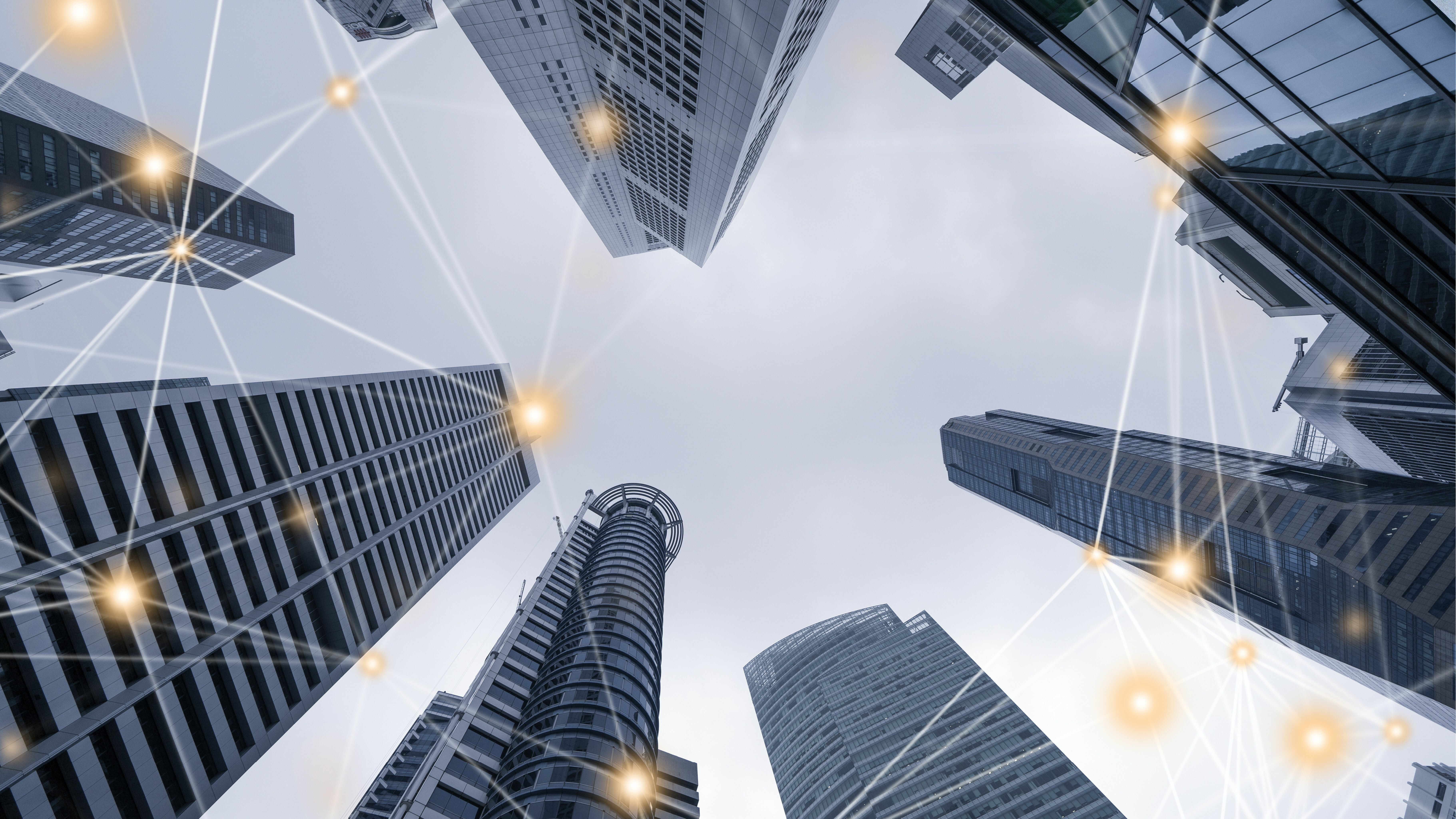07 Jul 2021 | Industry Insights
Leveraging IoT to create value through efficiency

The utilisation of data through connected systems can drive efficiency within the real estate sector.
Tried and trusted methods of achieving cost savings and operational efficiency are no longer fit for purpose with the rise of IoT and its increased accessibility and affordability.
Building Management Systems (BMS) are an established feature of the commercial real estate industry and when integrated with IoT technology, it can enhance building performance as well as improving portfolio and liquidity management.
Integrating IoT with BMS can be a useful way to reduce energy consumption, maintenance and admin costs. Twinview’s use of sensors enables property owners to use the data collected at a building level to regulate things like air-conditioning and lighting in real-time, optimising the environment. Research vice president at Gartner Inc, Bettina Tratz-Ryan, said: “Especially in large sites, such as industrial zones, office parks, shopping malls, airports or seaports, IoT can help reduce the cost of energy, spatial management and building maintenance by up to 30 percent.”
The continuous monitoring and predictive capabilities of IoT-enabled buildings can pre-empt repair and maintenance issues so building managers can take appropriate action before a tenant notices a problem. Twinview uses sophisticated artificial intelligence to predict when an asset will be due for repair, not when it is on the verge of breaking down. This will allow the facility manager to arrange maintenance on multiple assets at a time that is most cost-effective and efficient. According to a Johnson Controls survey of the company’s Building Efficiency Panel, 70 percent of respondents believe that the ability to predict and diagnose problems and provide or propose solutions will be a ‘game changer’.
Twinview is a browser-based digital twin platform for the property sector connecting building systems’ data to a 3D model viewed on a single dashboard. Twinview becomes your first step to achieving Net Zero by providing continuous live data and an optimised building performance whilst reducing costs and improving the user experience. Book a demo today.
Related insights

Case Studies
Enhancing Healthcare Environments Through Intelligent Space Optimisation: Twinview at Eastbourne District General Hospital
East Sussex Healthcare NHS Trust is enhancing the way space is managed at Eastbourne District General Hospital with Twinview’s digital twin technology. By enabling real-time visibility of room occupancy and usage across clinical and office areas, Twinview provides a clear picture of how spaces perform throughout the day. Hospital teams can move from assumption-based planning to data-driven decision-making, improving scheduling, reducing downtime and making more flexible use of rooms. This smarter approach supports greater operational efficiency and helps ensure that every space is working to benefit both patients and staff.
Read more

Industry Insights
Data Centres: The Hidden Cost of the Cloud
As the cloud expands, so does its unseen demand for water. Data centres worldwide are consuming vast volumes to keep servers cool, creating growing environmental and reputational risks. This article explores how water is becoming the next frontier in data-centre sustainability, and how Twinview’s digital-twin technology is helping operators measure, manage and reduce their impact.
Read more

Industry Insights
Can Digital Twins Help Us Design Buildings That Bring People Together?
Loneliness is increasingly recognised as a public health issue, and the built environment has a role to play in addressing it. A well-designed building can meet every technical standard yet still leave people feeling isolated. Homes, workplaces, campuses and later-living communities often fall short not because they lack function, but because they lack connection. Architects and planners are beginning to ask a deeper question: how can buildings help people feel less alone? This isn’t about surveillance. It’s about feedback, helping designers and operators refine buildings after handover to better support wellbeing and social interaction. Technology won’t solve loneliness on its own, but used responsibly, digital twins like Twinview can guide the creation of buildings that feel more human.
Read more

